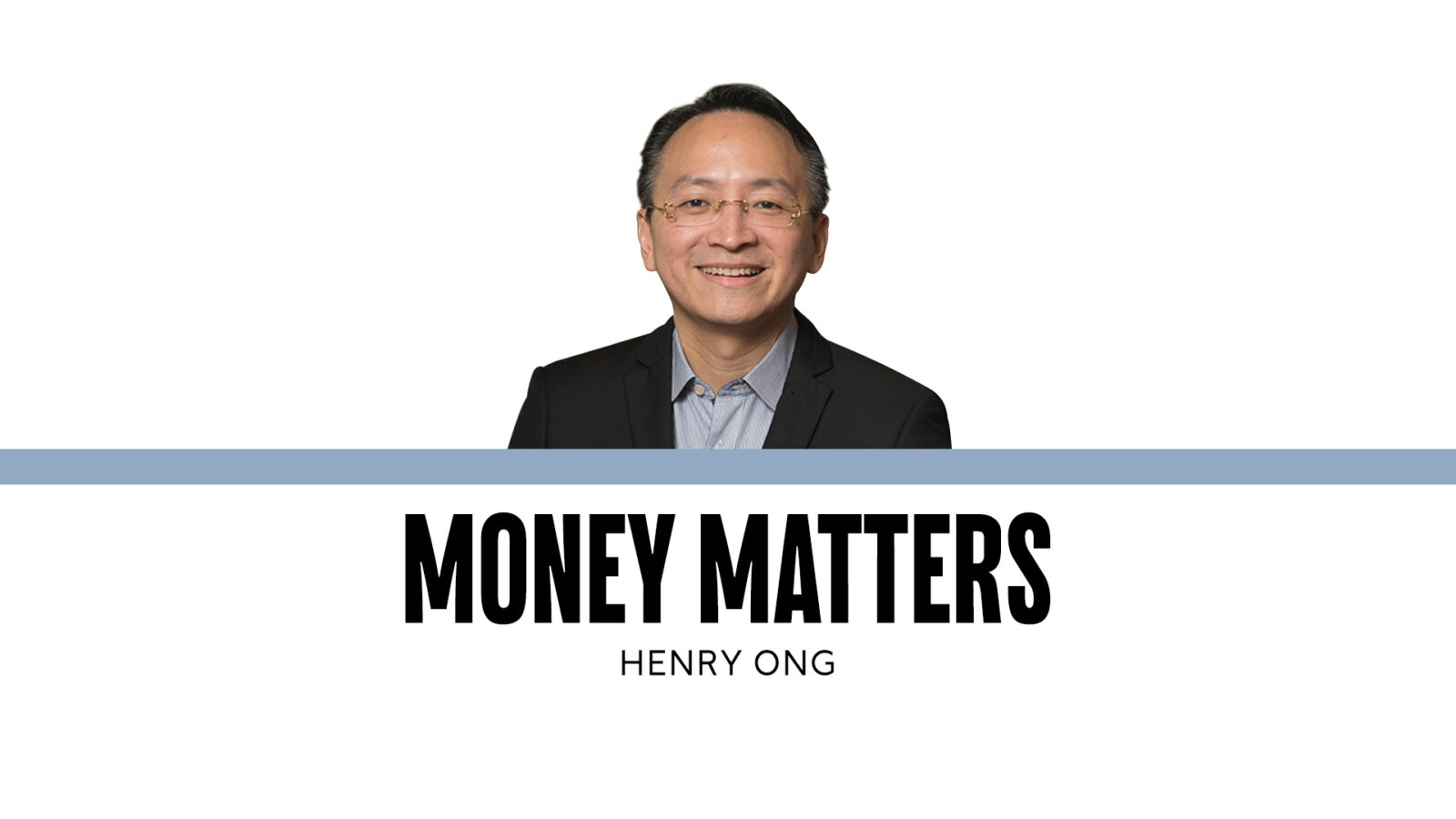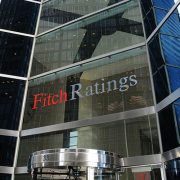Why stock prices don’t reflect real value

Every investor wants to know if markets can truly be beaten.
This question has shaped the way people think about investing for decades. If prices will always move in step with information, then no amount of analysis or strategy would give anyone an edge.
But if markets sometimes misjudge, then opportunities exist for those who can spot the gaps.
In the 1960s, an economist by the name of Eugene Fama of the University of Chicago offered one of the boldest answers to this debate. He introduced the Efficient Market Hypothesis (EMH), a theory that argued markets are remarkably quick to absorb news and adjust prices.
Under this view, the moment information becomes public, stock prices should already reflect it. If this were true, no investor could consistently earn more than the market average because any new development would already be built into the price.
Even so, the EMH became one of the foundations of modern finance, shaping the way professionals, academics and regulators approached investing.
Yet actual market behavior often tells a different story. Prices do not always adjust in step with new information. Human emotions and biases often stand in the way.
At times, investors push prices far above or below fair value. At other times, they react too slowly and prices lag.
These two tendencies, which are overreaction and underreaction, are among the clearest signs of how psychology affects markets.
Overreaction happens when investors panic in response to bad news or become euphoric when news is good. Prices move well beyond what fundamentals justify that lead to sharp drops or spikes that eventually correct.
Underreaction is the opposite. Investors anchor themselves to their old beliefs and respond too slowly when new information arrives. As a result, stock prices move only gradually and often trail behind business fundamentals.
These behaviors break away from the idea of an efficient market.
In 1985, Werner De Bondt of the University of Wisconsin and Richard Thaler of Cornell University studied portfolios of hardest-hit stocks, called losers, and compared them with the strongest performers or winners.
What they found was striking. The losers did better in the years that followed, while the winners fell behind. Their study showed that markets tend to overreact. Some stocks were punished too much while others were rewarded more than they deserved.
But that was the long-term picture. In the short run, markets often behaved differently. A few years later, in 1993, Narasimhan Jegadeesh of Emory University and Sheridan Titman of the University of Texas found evidence of momentum.
Stocks that did well in recent months continued to rise, while laggards fell further. Their study showed that markets underreact in the short term and fail to reflect new information until much later.
Taken together, these findings reveal that markets can swing between extremes. Prices may overshoot in the long run, yet still drift slowly in the short term.
This paradox is what makes overreaction and underreaction two of the most enduring patterns in market behavior.
If we look at the Philippine Stock Exchange (PSE), we see that in 2023, the 10 biggest losers among index stocks mostly rebounded the following year. Six out of 10 recovered, which showed a clear sign of mean reversion at work.
Converge, for example, lost almost 50 percent in 2023 but rebounded strongly in 2024. Puregold, Monde, Globe, DMCI and Semirara likewise recovered after steep drops.
On the other hand, the winners in 2023 tell a different story. Out of the 10 best performers, eight continued to gain the following year.
For example, DigiPlus surged more than 200 percent in 2023, then doubled again in 2024. Chinabank and ICTSI led the six other blue chips to extend their gains into 2024.
If we put this side by side, the results tell a familiar story. The rebound of the biggest losers points to mean reversion, while the continued rise of many winners reflects momentum, with the market taking time to fully price in their strength and letting the rally run longer.
This year so far, the PSE Index has struggled, with 21 of its 30 constituents in the red. The five biggest losers are ACEN (−45.5 percent), San Miguel (−32.1 percent), Converge (−30.6 percent), Globe (−30.1 percent) and DigiPlus (−26.7 percent).
The question now is whether they will recover before year-end or, as history has shown, bounce back by next year as a result of an overreaction that corrects itself through mean reversion.
But not every loser recovers. Some stocks remain weak because of fundamental problems that sentiment alone cannot fix. In these cases, declines persist and allow negative momentum to run longer.
The tendency of markets to overreact or underreact is not a weakness but an opportunity. Losers often rebound when fundamentals are sound, while winners fade when those supports are absent.
By recognizing these swings, investors can buy when fear is excessive and sell when optimism runs ahead of reality.
Henry Ong is a registered financial planner of RFP Philippines. To learn more about investment planning, attend the 113th batch of RFP Program this October 2025. To register, e-mail at info@rfp.ph.


















